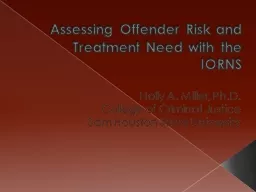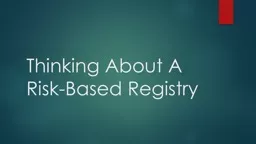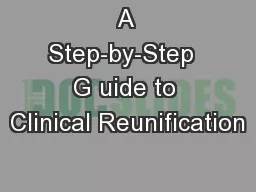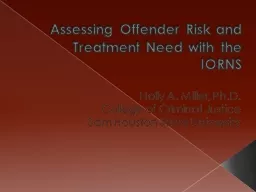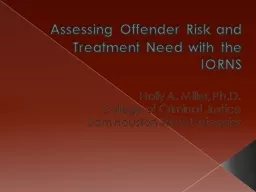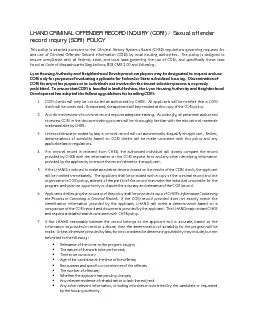PPT-Assessing Offender Risk and Treatment Need with the IORNS
Author : ellena-manuel | Published Date : 2016-03-30
Holly A Miller PhD College of Criminal Justice Sam Houston State University Overview IORNS rationale Current state of research Static risk Dynamic riskneed Protective
Presentation Embed Code
Download Presentation
Download Presentation The PPT/PDF document "Assessing Offender Risk and Treatment Ne..." is the property of its rightful owner. Permission is granted to download and print the materials on this website for personal, non-commercial use only, and to display it on your personal computer provided you do not modify the materials and that you retain all copyright notices contained in the materials. By downloading content from our website, you accept the terms of this agreement.
Assessing Offender Risk and Treatment Need with the IORNS: Transcript
Download Rules Of Document
"Assessing Offender Risk and Treatment Need with the IORNS"The content belongs to its owner. You may download and print it for personal use, without modification, and keep all copyright notices. By downloading, you agree to these terms.
Related Documents

